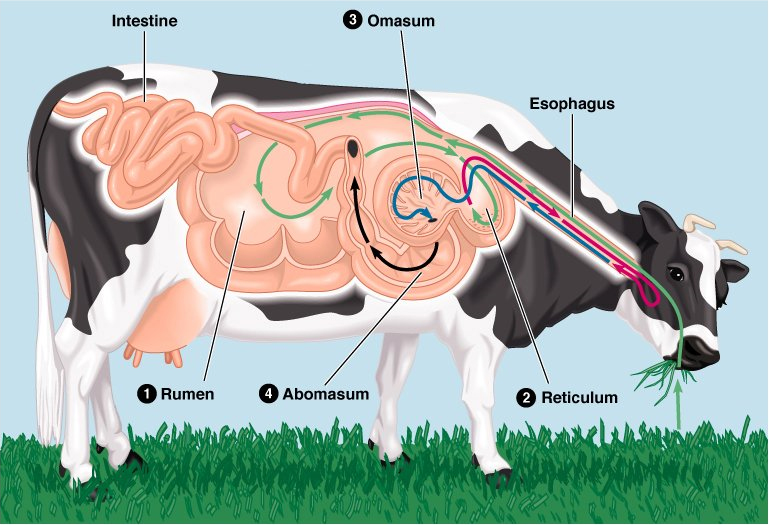Intra-Rumen Sensor Devices
Livestock Greenhouse Gas Measurement
In Australia, ruminant livestock are the single largest source of methane emissions, accounting for nearly 71% of agricultural methane emissions which is equivalent to about 10% of Australia’s net emissions of carbon dioxide. Methane gas emitted from agriculture has 23 times the global warming potential of carbon dioxide per volume of gas. It is formed in the rumen when hydrogen, released by other microbes during fermentation of forage, is used by methane-producing archaea called methanogens to reduce carbon dioxide. Approximately 94% of the enteric methane emitted by ruminants is belched out and expired via the lungs.
Techniques for enteric methane emission measurements on individual animals can be classified into direct (total or partial enclosure of animals) and indirect measurements (isotopic and non-isotopic tracers). Both techniques have significant limitations which is problematic for achieving precise and repeatable estimates of GHG emissions from individual grazing animals.

Livestock intestinal systems
CSIRO has developed the first intra-rumen experimental gas sensor device for research into livestock greenhouse gas admissions and feed efficiency. The device has features including: Infra-red gas sensors for measuring 0 to 100% concentrations of methane and carbon dioxide gases, rumen pressure sensor, rumen temperature sensor, on-board Flash data storage, radio transceiver communication, efficient on-board li-ion battery charging and switchable low power regulators. The design uses a world leading custom gas permeable protection membrane and industrial standard dosing capsule enclosure for ingestion to the animal’s rumen.
Patents
US 20150031963 A1 System, Method and device for Measuring a Gas in the Stomach of a Mammal

CSIRO’s Intra-rumen methane and carbon dioxide gas sensing device
